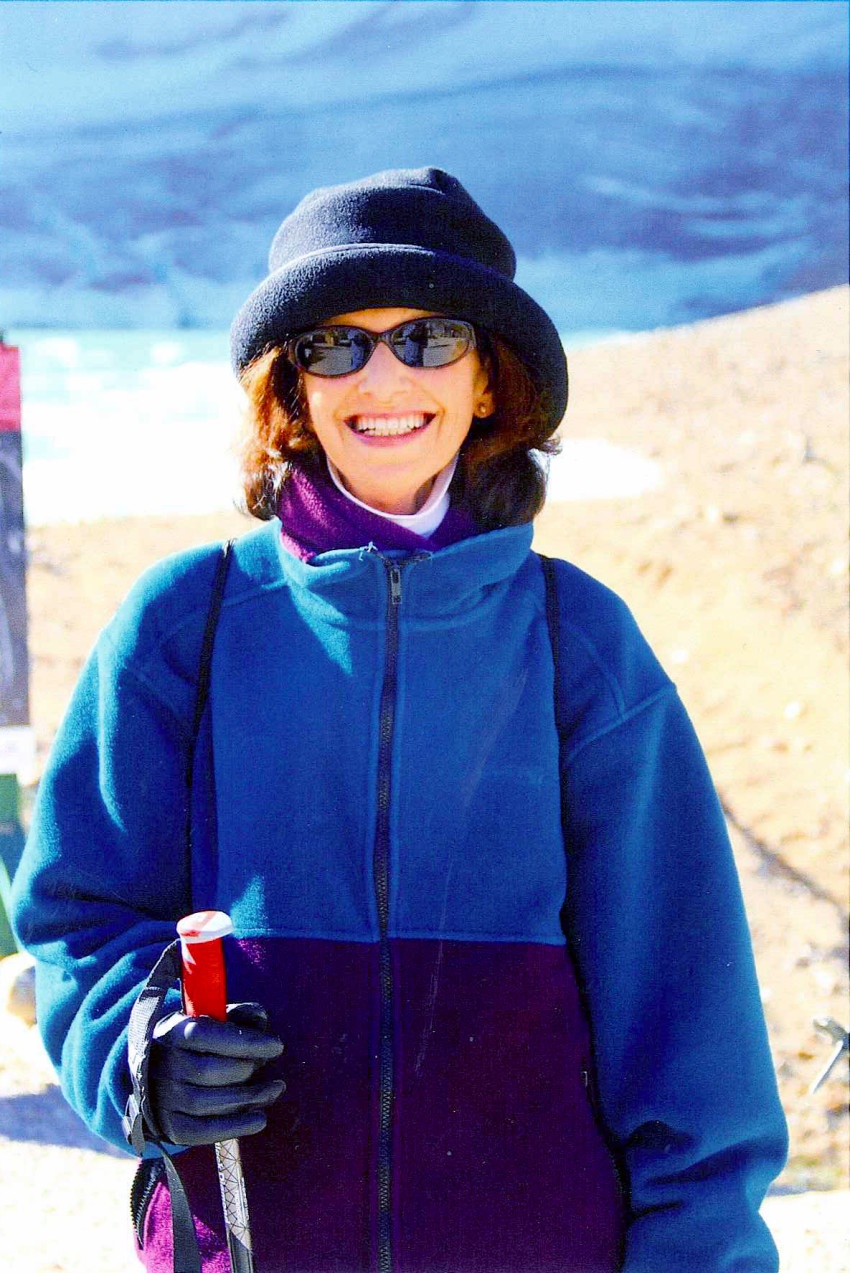
Rita McDonough vividly remembers the image from more than 50 years ago of being in a hospital room as a young teen, with her doctor sitting by her side. She didn’t know why she was there, what was wrong or what the future would hold for her. But she felt good that he stayed with her, and she still remembers the names of the nurses who cared for her, even during their time off.
This was Rita’s first experience with compassionate care, and it was a mixed one. She valued that extra attention from her endocrinologist, but in those days, Rita recalls, healthcare was very regimented and formal. She and her parents had to respond to everything with “yes, doctor.” The doctor was insistent not to tell Rita anything, because cancer wasn’t discussed and she was still a child, a rule which her parents followed obediently despite their personal instincts.
One focus Rita gained from this early experience was to prioritize relationships and experiences. Later in high school, Rita preferred to be with her friends down the block than hitting the books. After a brief time working as a staff nurse, she switched to become a healthcare office manager. Through it all, she traveled the world with good friends whenever she could, gathering great stories and building new friendships.
Almost five decades after that first healthcare experience, Rita was diagnosed with cancer for a second time. She gained a much different perspective on what compassionate care could be, starting with some inspirational words from her original—and still practicing—doctor: “Rita, you should never have lived 46 years ago, what makes you think we will let you die now?!” Her supportive boss insisted that Rita get multiple opinions, and ultimately her care for stage 3 lung cancer landed her at Dana-Farber Cancer Institute, where she has “never met anyone who is not compassionate.”
Rita believes that today’s clinicians are given permission to treat the whole patient and not just the disease, to be more relaxed with patients and “less buttoned up.” She mentions seeing her doctor after special exercise classes offered for patients—he exercises at the same place and always acknowledges her when their paths cross. She points to specific behaviors that don’t take extra time, that make her feel like an important person, and that feel compassionate: her doctor sits at her level and looks in her eyes, he gives her a big hug every time she goes in for chemotherapy, and on the rare occasion questions arise on the CT scans, he always delivers information in a positive manner that dispels any anxiety.
When asked why she is involved with The Schwartz Center, she answers very simply: “Ken Schwartz was right: it is all about compassion.”
It is true, Rita reminds us, that compassion is a two-way street. She knows that most patients are not happy and that many are angry—with their diagnosis, with life, and sometimes with everyone around them. But she firmly believes that patients play a role in the kind of care they receive. By recognizing that their caregivers are people too, patients can influence the patient-caregiver relationship for the better. As Rita puts it, “If I am upbeat, then my whole care team is excited to see me. My interactions can help elevate the emotions of the whole team.”
But the third factor in compassionate care, in Rita’s opinion, is the overarching leadership of the executives at healthcare institutions. She knows this from her perspective as a patient, but also from working directly for many years with Joyce Murphy, a healthcare executive who was CEO of Carney Hospital before becoming Executive Vice Chancellor of Commonwealth Medicine at UMass Medical School. Rita believes healthcare leaders need to realize what Joyce practices every day—that everyone who touches patients is important to the delivery of compassionate care, from the parking attendants to the people at the front desk to the billing department. Rita’s advice to healthcare leaders is to first treat all staff with respect because then the staff will turn around and show that same respect to their patients. As she puts it, “respect and compassion go hand in hand.” Second, get to know the names of people on staff. And, third, walk around to every department on a regular basis—including maintenance, kitchen staff, and security—get to know how each part of the hospital interacts with patients.
Rita McDonough is the rare patient who has experienced compassionate care from three perspectives: the childhood patient, the adult patient, and the healthcare administrator. She knows firsthand that there are many talented doctors, nurses and other caregivers, but what makes the difference in healthcare is whether or not they interact in compassionate ways with each other and with their patients. When asked why she is involved with the Schwartz Center, she answers very simply: “Ken Schwartz was right: it is all about compassion.”
© 2025 The Schwartz Center. All Rights Reserved.